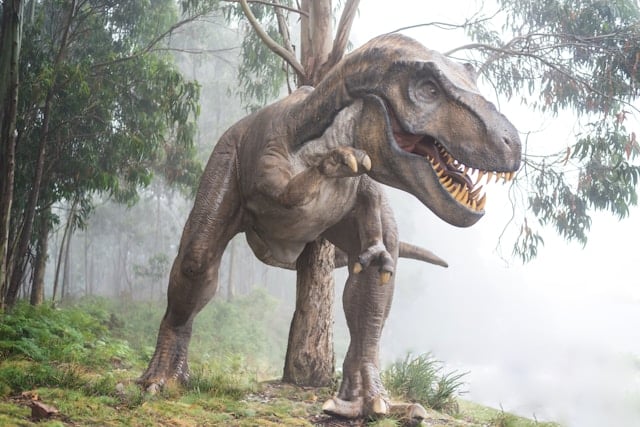The proof lies in geologists’ significant discoveries about Earth, revealing a time when it endured relentless rainfall for millions of years: a unique period that played a crucial role in spreading life throughout the planet.

During the era of Pangea, around 200 to 300 million years ago, Earth existed as a single supercontinent, contrasting starkly with today’s fragmented landmasses.
This era boasted a radically different climate, with scientists suggesting a continuous rainfall lasting one to two million years.
In the 1970s and 80s, geologists stumbled upon peculiar layers within ancient rocks dating back around 232 to 244 million years.
In the eastern Alps, one team scrutinized a layer of siliciclastic sedimentation ensconced within carbonate. On the other hand, UK researchers examined a gray rock layer amidst the region’s distinctive red stone.

The culmination of various investigations globally led to a consensus: Earth underwent a significant arid phase succeeded by an extended period of rain.
These revelations enabled geologists to determine that the dawn of the dinosaur age coincided with an unusually damp period. Dubbed the Carnian Pluvial Event, this epoch intrigued scientists, igniting a quest to uncover more proof and its underlying causes.
The prevailing hypothesis links the surge in rainfall to a drastic uptick in humidity, possibly triggered by a massive volcanic eruption within the Wrangellia Large Igneous Province. This event likely elevated global temperatures, warming oceans, and enhancing atmospheric moisture levels.

A study in the Journal of the Geological Society underscored the immense advantages of this wet phase for surviving dinosaurs. It fostered a diversification period following an era dominated by persistent volcanic activity.
The researchers stated, “In the wake of wide extinctions of plants and key herbivores on land, the dinosaurs were seemingly the main beneficiaries in the time of recovery, expanding rapidly in diversity, ecological impact (relative abundance) and regional distribution, from South America initially, to all continents.”
“It may have been one of the most important [rapid events] in the history of life in terms of its role in allowing not only the ‘age of dinosaurs’, but also the origins of most key clades that form the modern fauna of terrestrial tetrapods, namely the lissamphibians, turtles, crocodiles, lizards, and mammals,” they added.
The prolonged rainfall during this era ushered in the “age of dinosaurs” and is proof that it laid the groundwork for the evolution of the primary groups comprising modern terrestrial animals, representing a crucial juncture in the life history of the Earth.

